
11 minute read
Education authenticity in an AI augmented classroom
Julian Ridden asks, “How do we keep the teacher’s humanity in the AI Augmented future of education?”
As technology continues to evolve, there is no way to deny that AI has well and truly made its way into our classrooms, offering exciting opportunities and terrifying potential pitfalls for educators and students alike. But with all this AI-focused innovation, how do we ensure that teachers retain their humanity?
In this article I want to explore ways to embrace AI while ensuring we keep education authentic and personal. It’s not about robots replacing teachers - it’s about making classrooms more vibrant and engaging.

The problem Generative AI can help solve
In my youth, I was referred to as the “EdTech Cowboy” by my peers, always riding off into the unknown and looking for the next horizon. This is not bad, and please don’t think I am here to tell any other cowboys (or cowgirls) to get off their steeds and retire back to the farm. As I got older, I learned that this has to be tempered.
Technology is, let’s be honest, the ultimate “Shiny” thing for many of us. Like a cat with a shiny ball, it seizes our attention and can be a lot of fun. But, unless it serves a true purpose, we soon get bored and move on. I am especially guilty of being attracted to “the shiny”. In the past, I owned a Google Glass (yes, I’ll admit it) and was always the first to put at least 3 dozen Moodle plugins into my Moodle sites. This is just the start of my Shiny collecting.
What I learned over time, through much painful experience. While exploring the SHINY is fun, and even important, we always have to ask ourselves, what is the problem we are trying to fix. The challenge I see that Generative AI can help overcome is the problem of QUALITY AT SCALE.
Quality at Scale: The universal challenge
What do I mean by quality at scale? It is simple really, and sadly universal. It does not matter your country or if you are in Primary, Secondary or Tertiary education. We have a shrinking teacher population and growing student numbers. Combined with this, we have increased regulatory and reporting burdens along with shrinking planning and quality assessment times. I intentionally leave these as broad statements as I know you, my dear reader, will immediately be able to take these and map them into your own contexts.
On top of this, the needs of education are shifting. We are moving further away from explicit teaching towards implicit teaching models. I am not going to sit here and say which is better or worse, in fact I go so far as to say, that a quality educator uses both. What this is leading us to however is an increased focus on differentiation. Focus on more dynamic teaching methodologies like project-based learning and student-centered practices. This is great, but it takes more planning time and, typically, a more diverse and dynamic set of resources and activities.
Organisations like UNESCO have been reporting on these trends for years, and it shows no signs of slowing down. https://www.unesco.org/en/articles/global-report-teachers-addressing-teacher-shortages-and-transforming-profession
44 million teachers are needed to achieve universal primary and secondary education by 2030
To explain the causes and symptoms of this is another article to be written by someone far more informed than I. What is important is that we all recognise the trend and it’s impact on quality education.
Simply put, we are in a situation where we have to create more with less.
We have more students and less teachers. We have bigger classroom sizes and smaller capacity. We need to create more resources with less time. We need to be more personalised but with time. It is our modern education conundrum.
Simply summed up, we need to find new ways to create, you guessed it, Quality at Scale!
This is where the Generative AI revolution genuinely excites me. It provides the potential to help us solve this challenge. On the other hand, it also has the potential to create many more problems as well. How do we look at these new tools in a way that they can help us create more, but without feeding into the many issues that we hear about on a regular basis.
These include:
Hallucinations: AI has a habit of making things up and sharing as fact
Ethics and Bias: Where is the core of the data from and in what ways do its ethics align with yours?
Academic Integrity: Are students cheating by using AI to create assignments.
Again, writing on the risks and issues of AI is another piece of the puzzle that I may write my next article on. But for today, let’s assume we are already factoring these into our decisions. But if they are factored in, how do we account for them and ensure our classrooms are not ill-impacted?
How do we ensure we don’t have robots teaching our students? To say this 10 years ago would have been writing Science Fiction, but we are already seeing the rise of several AI-related products that will “Create courses with AI” or “AI Tutoring and Mentoring.” These really are passing the baton to software and removing the human from the equation.
Have your brain do the thinking and outsource the doing to AI
For me, the current strength of Generative AI is to think of it as your teaching partner, not a replacement. It’s like having a superpower that helps you with administrative tasks, data analysis, and personalised learning. With AI, you can spend more time on what you love - connecting with your students.
Practical applications of AI in today’s classroom
So, we have discussed the problem and I am claiming Generative AI to be part of our solution. So, how can we do this? Let’s break down some examples.
For the list below, I will be using some of my favourite tools as my examples. But, they are not the only tools out there. Take the ideas below and see how they can be applied to your favourite GenAI Tools.
Customised Worksheets and Activities

Generative AI can create personalised worksheets and activities tailored to different skill levels, subjects, and learning styles.
Tools like Quizizz (https://www.quizizz.com) enable teachers to point tao their existing resources (lesson plans, comprehension material, Curriculum outlines), set the subject and year level and can use AI to generate reading comprehension exercises, or practice sheets.
Best of all, by pointing at your own resources minimises the chances of hallucinations as it is creating solely based off what you provided it. The ability to take a photo of a textbook or an existing physical worksheet and have the AI automatically convert it into a digital activity in seconds is a gamechanger.
Simulations and Virtual Environments
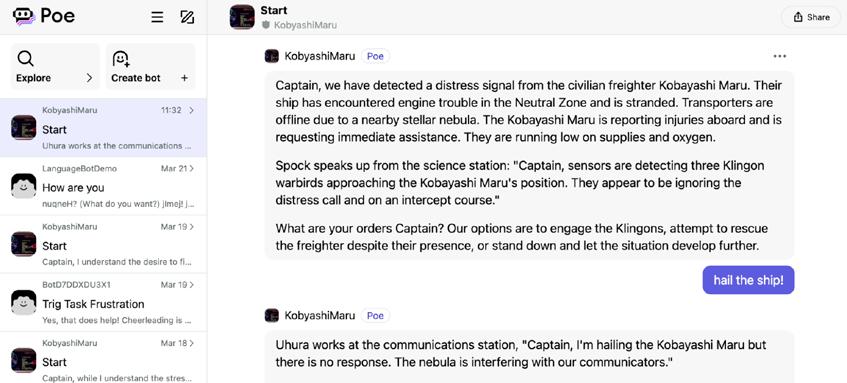
For subjects like science and history, AI can create simulations or virtual environments for experiential learning. This can help students visualize complex concepts or explore historical settings in a more immersive way.
One of my favourite tools for this is POE,(https://www.poe.com ), it allows you to, using just natural language, create interactive bots to simulate anything you like. Here is my fun Star Trek example of the infamous Kobyashi Maru Starfleet test. See how you go! https://poe.com/KobyashiMaru
Interactive Learning Content
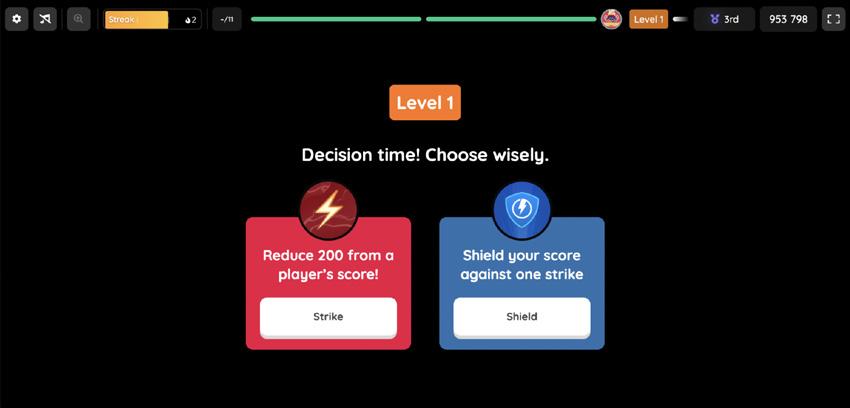
Generating interactive content like quizzes and gamified activities through the use of AI can make learning more engaging and enjoyable for students. This is particularly useful for content creators who may lack the skills required to code a quiz interface or game-like element.
Visual Aids and Presentations

Visual aids such as infographics, diagrams, and slide presentations can be created quickly and effortlessly using generative AI. This frees up the creator’s time to make minor adjustments and improvements and add their personality to the end product.
Teachers can input data or concepts, and AI can transform them into visually appealing formats for classroom use. Here I use tools like Gama for this process. (https://gamma.app/)
Creating interactive flashcards for students makes it easy for the creator and invaluable for the student to revise key content at their convenience.
Educational Materials for Diverse Needs

Adapting materials to meet diverse learning needs, including special needs and disabilities, facilitates accessibility and inclusion.
Generative AI can individualise resources by changing language, shifting difficulty or adapting to work on different devices.
Language Learning Resources
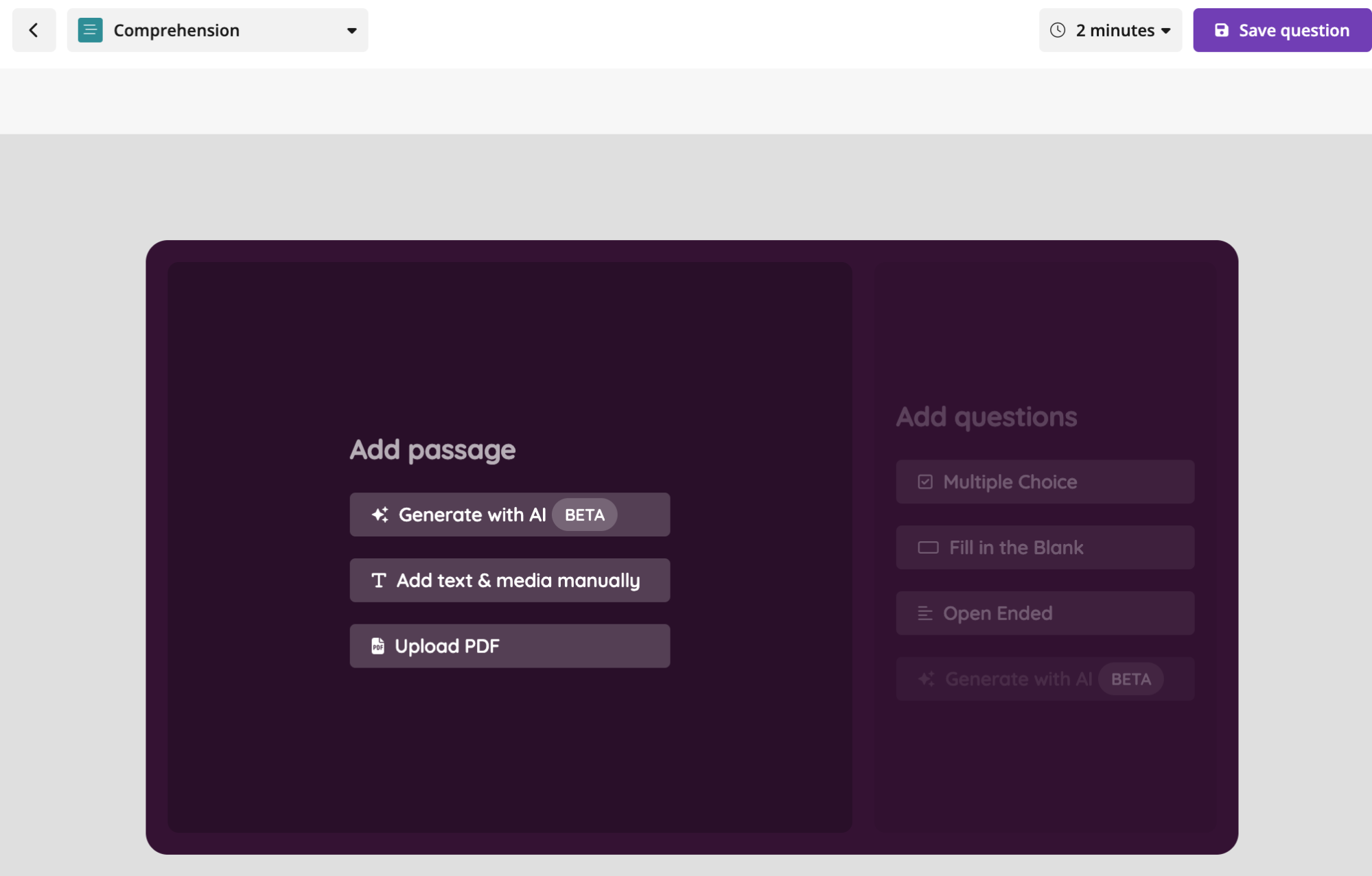
Some tools can assist in creating language learning resources, such as vocabulary lists, grammar exercises, and conversation prompts. AI can also generate text in multiple languages for language immersion activities.
Automated Storytelling and Creative tools

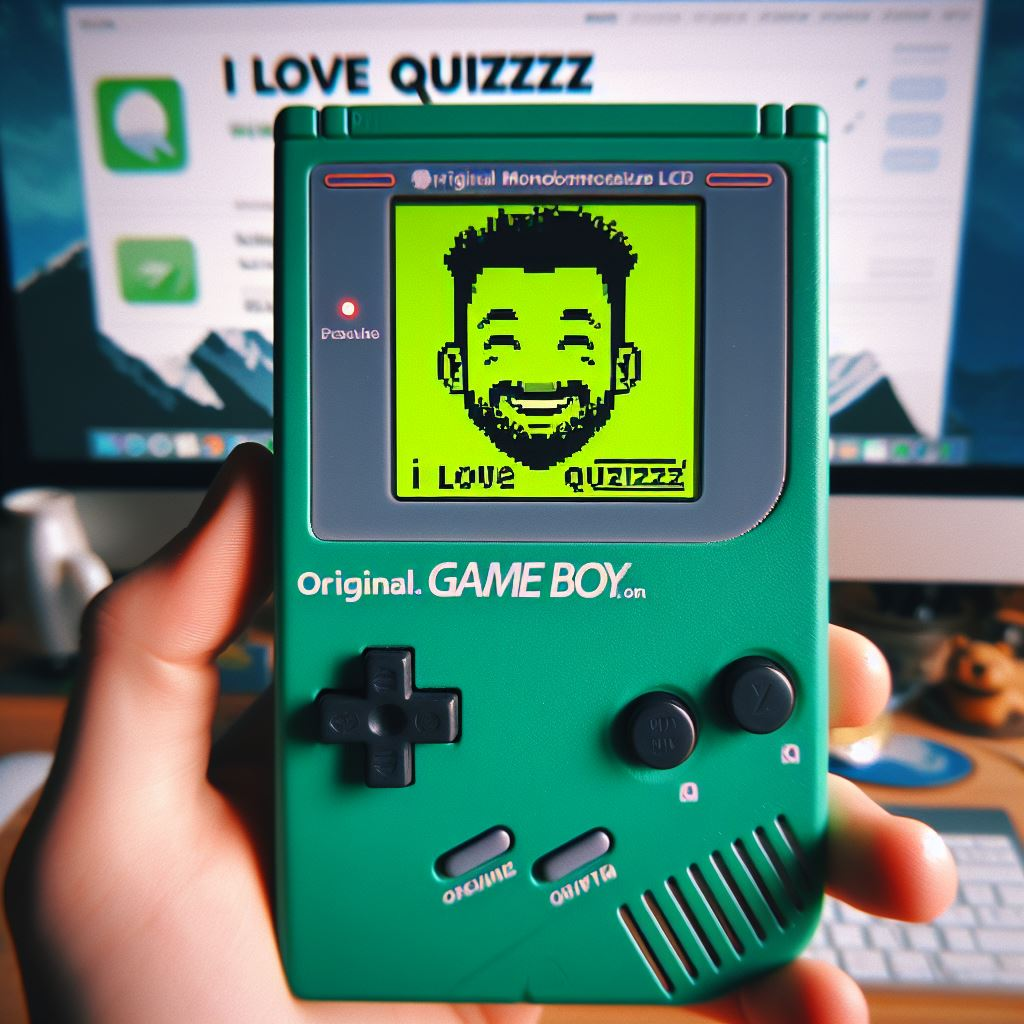
Generative AI has come amazingly far in relation to creative tools. It can generate stories and creative writing prompts, helping students develop their narrative skills.
Teachers can use AI-generated content to inspire writing assignments or classroom discussions.
One of my favourite tools here is Microsoft Designer (https://shorturl.at/einGW) where as a teacher you can create the prompt for the student and they now fill in the blanks.
Audio
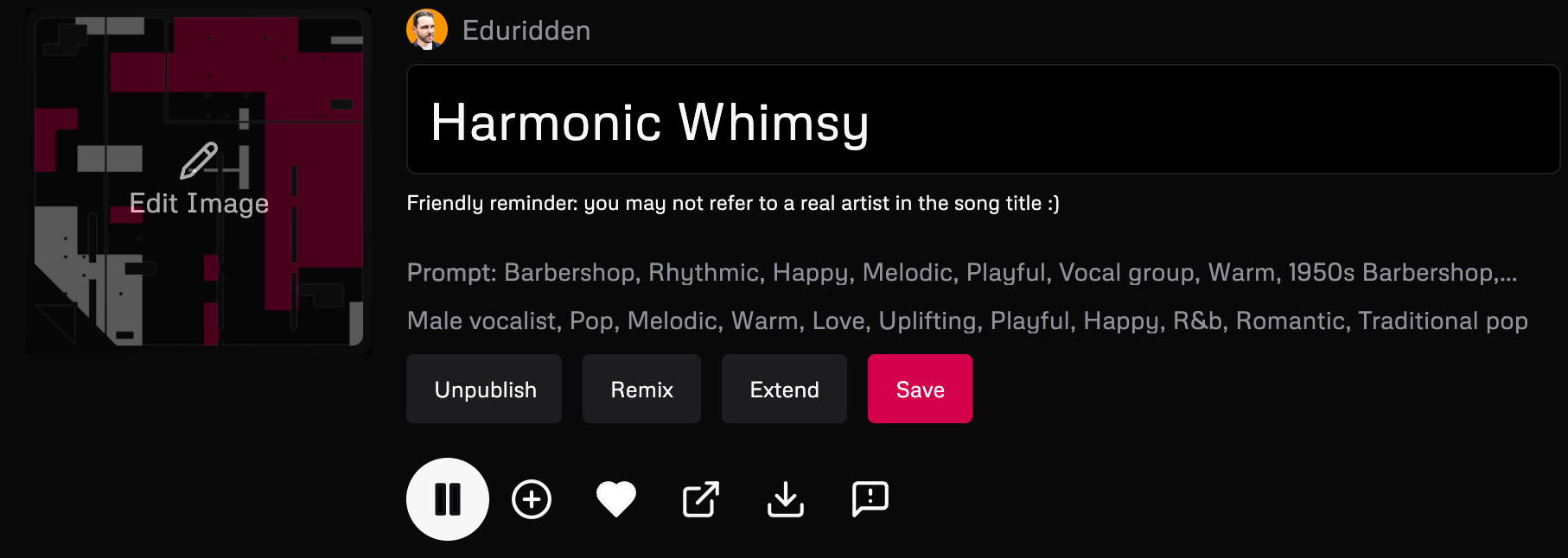
We don’t have to just think about text or images either. It is amazingly good at Audio. Here is a song created (https://www.udio.com/songs/3aKWwcs1B9zp3t1XR58Aiv ) with a free AI Audio tool called Udio (https://www.udio.com/).
Just enter a song subject and choose your musical styles and it can generate any song you like.
Image Resources

I used to spend hours on Google trying to find the right images for my classes and then trying to ensure they were copyright free.
Today with Generative AI that is a thing of the past, Tools like Microsoft Copilot (https://copilot.microsoft. com/) and Google Gemini (https://gemini.google. com/app) both allow you to ask for any image you want and it creates it in seconds.
Opposite is an image I generated in Gemini for an upcoming Anzac Day resource that I wanted to create.
I then took that image into a freemium product called Haiper AIi (https://haiper.ai/ ) and was able to bring it to life as an animated gif.
Lesson Plans and Curriculum Design
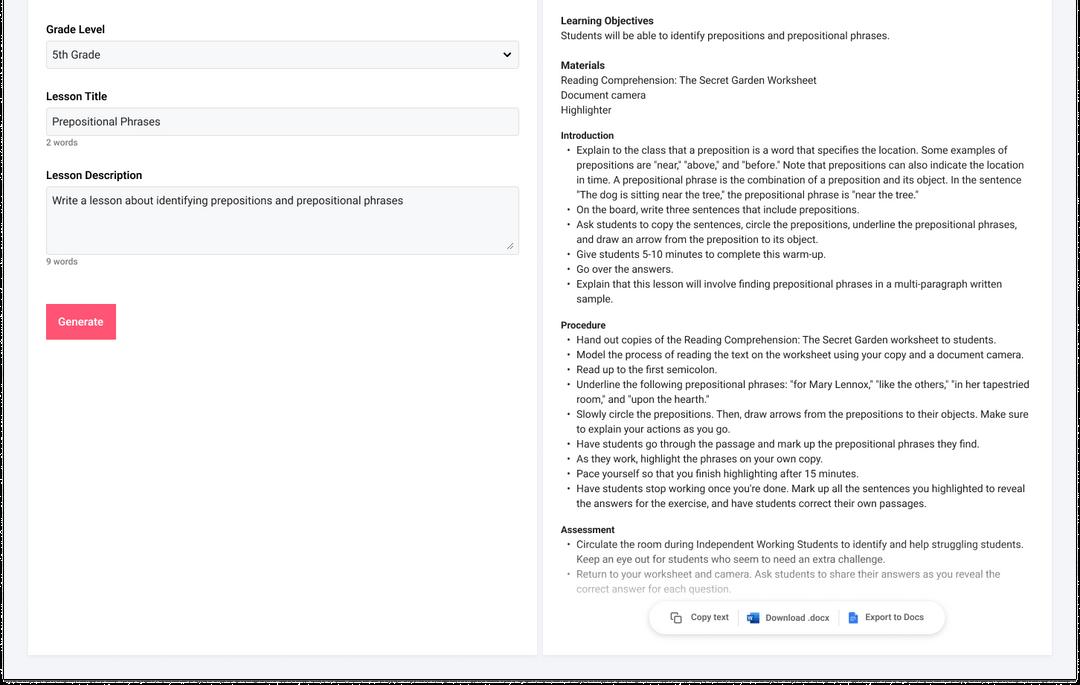
AI can help design lesson plans and curriculums by providing templates, suggesting activities, and organizing content. This can be particularly useful for new teachers or when preparing materials for a new subject.
Here I use tools like LessonPlans.AI (https://www.lessonplans.ai/ ) which helps me do exactly this.
Keeping the Human Element Alive
With the constant spread and evolution of Generative AI, I believe strongly that it’s essential to maintain the human connection in the classroom. In fact, these tools like the many I mentioned are freeing up more time to spend with students in the classroom. What is the plus of this? I think it obvious, but let’s lay out a few key examples:
Focus on Relationships
Building strong relationships with your students is key. Using AI to handle the mundane tasks or tasks that used to take a lot of your time, gives you more time to focus on getting to know your students—their interests, challenges, and goals better. This personal touch makes learning more meaningful.
Encourage Collaboration
AI tools can foster collaboration, but they can’t replace the dynamics of a group project or a lively classroom discussion. Encourage your students to work together, share ideas, and learn from each other. As I said earlier, use AI to outsource the doing, not the thinking!
Embrace Creativity
It’s the teacher’s creativity that brings a lesson to life. Incorporate hands-on activities, storytelling, and personal anecdotes into your teaching. AI can help with planning and the activity creation, but the magic happens when you add your unique touch.
Conclusion: Balancing AI and Humanity
Don’t believe the naysayers out there. Generative AI can be a fantastic addition to the classroom, but it’s the human element that truly makes a difference.
By using AI to handle routine or time consuming tasks, you can focus on what matters most—your students. Keep the classroom atmosphere warm, encourage creativity and collaboration, and remember that you’re the heart of the classroom, not the technology.
With this approach, you can create an AI-augmented classroom that’s engaging, authentic, and full of life.
Julian Ridden is an Australia-based, eLearning enthusiast and may actually be an AI himself. In case you were wondering, he works at Quizziz.











